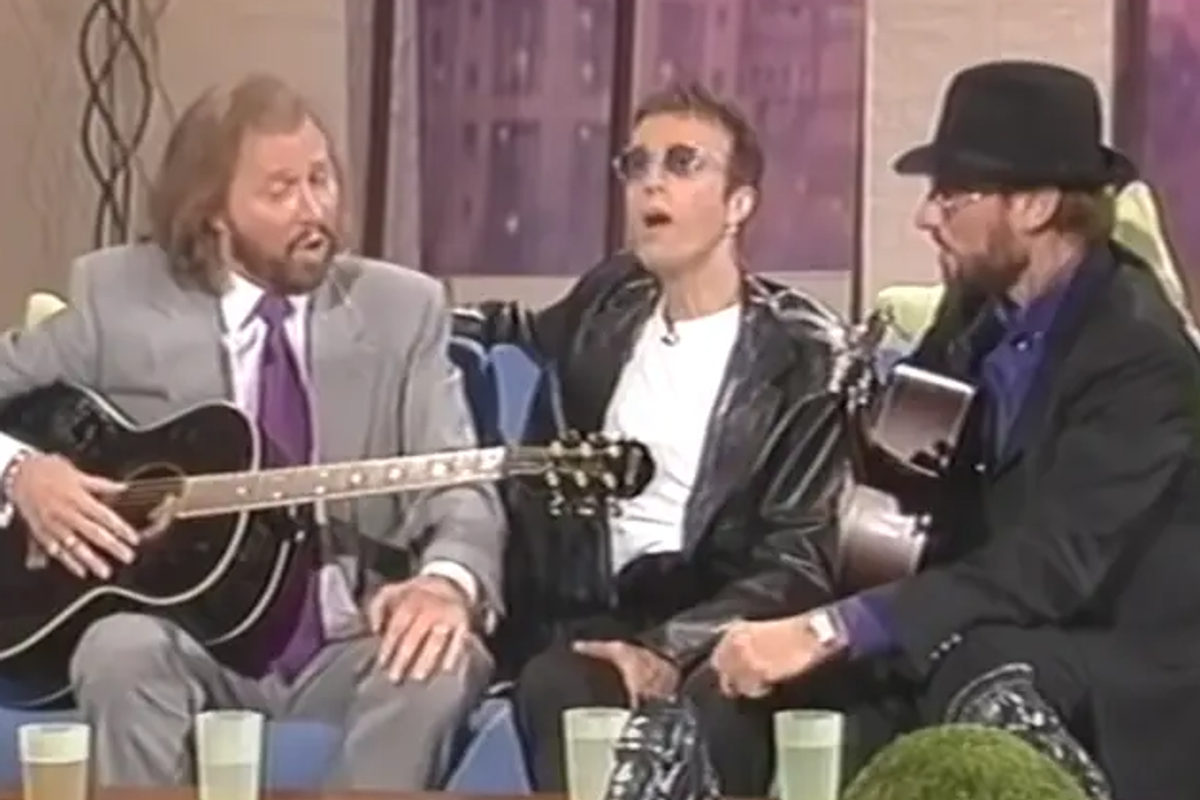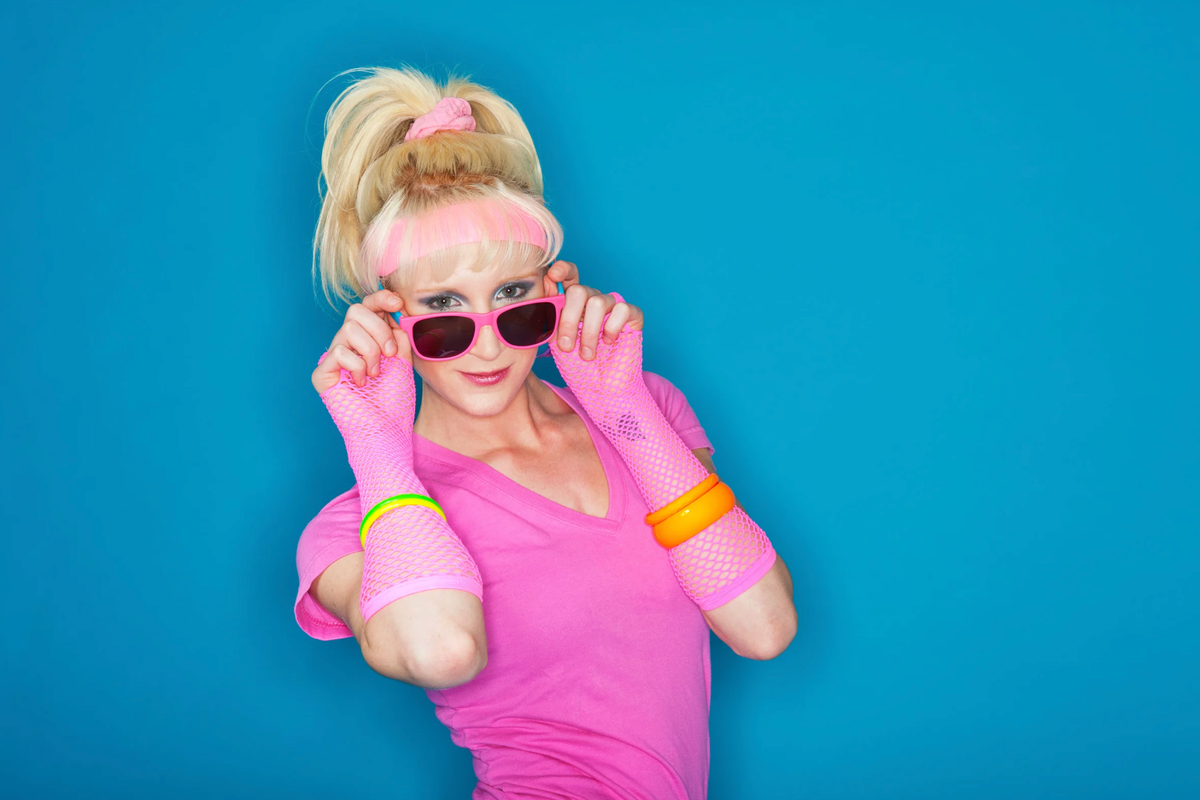In her life, Bea Arthur was an amazingly generous actress, activist, and human being — and she's not done giving yet.
After her death in 2009, the Ali Forney Center in New York City received a gift of $300,000 from Arthur's estate to help homeless LGBTQ youths.
Arthur in 1975. Photo by AP.
The Ali Forney Center and the Cooper Square Committee then received a $3.3 million grant from the New York City Council and the borough president to renovate a building at 222 East 13th Street to provide housing and assistance to homeless LGBTQ youths.
Named in her honor, the Bea Arthur Residence building is scheduled to be completed in February 2017.
Here are six other accomplishments from Bea Arthur's life, legacy, and career that you may not have known about:
1. One of Arthur's last public performances was a one-woman show to raise money for homeless LGBTQ youths.
As a longtime advocate for the LGBTQ community, Arthur in 2005 put on a performance of her one-woman show to raise money for the Ali Forney Center. That night, she helped raise $40,000 and gave the center some serious help at a tough time during the recession.
"These kids at the Ali Forney Center are literally dumped by their families because of the fact that they are lesbian, gay or transgender — this organization really is saving lives," Arthur told Next Magazine at the time of the benefit show.
Arthur at the Academy of Television Arts and Sciences 2008 Hall of Fame ceremony. Photo by Matt Sayles/AP.
"I honestly don’t know how we would have made it through the recession without that extraordinary gift. Bea Arthur truly meant it when she said she would do anything to help our kids," Carl Siciliano, the executive director of the Ali Forney Center, wrote in a Huffington Post piece.
2. Arthur once testified in the California Senate against the sale and production of foie gras.
Arthur was an activist for PETA, working with the organization on many campaigns and narrating videos for them. But in 2004, she was moved so much by an issue that she appeared in the California Senate alongside Sen. John Burton in support of a bill to ban the production and sale of foie gras in the state.
Arthur turns to leave after testifying before a Senate committee in April 2004. Photo by Rich Pedroncelli/AP.
Foie gras is made from the livers of force-fed geese and ducks. Its production usually involves tubes being put down the birds’ throats and having food pumped into their stomachs several times a day to fatten up their livers.
"There is no room in our wonderful state for such a nightmarish industry," she told the Senate panel. The committee approved the bill in a 4-to-1 decision.
3. Arthur was known for picking up and rescuing stray animals — including a German shepherd she found on the highway on her way to a set.
Besides fighting for animal rights through legislation and activism, Arthur strove every day to help animals in need, sometimes at her own peril. Television writer Charlie Hauck told Playbill about an instance when Arthur showed up on set with a German shepherd that had been found running along a highway.
Arthur with her dog, Julie, at her home in Los Angeles in 1978. Photo by Wally Fong/AP.
"I picture in my mind," Hauck described, "this actress, upon whom the jobs of 200 people depended, who had two children, stopping her car in traffic and running around trying to catch a dog."
The dog turned out to be owned by Barbra Streisand. Because of course it did.
4. She was a champion for feminism and helped bring important issues to light in her show "Maude," which addressed topics like abortion and women's rights.
Throughout her acting career, Arthur was also able to bring women's issues to the forefront of the cultural conversation. After appearing on "All in the Family" as the outspoken Maude Findlay, the character was spun off for the show "Maude," which ran for six years.
In November 1972, "Maude" aired a groundbreaking two-part episode about abortion, just months before the U.S. Supreme Court ruled on abortion in the Roe v. Wade decision.
Arthur in 1988. Photo by AP.
5. She was in the "Star Wars Holiday Special" — where she sang along to the infamous cantina song.
She was asked to be in the show by producers Ken and Mitzie Welch and agreed to it although she had no idea what it was about.
"I was asked to be in it by the composer of that song I sang — 'Goodnight, But Not Goodbye.' It was a wonderful time, but I had no idea it was even a part of the whole 'Star Wars' thing," Arthur told the Portland Mercury. "I just remember singing to bunch of people with funny heads."
GIF from "The Star Wars Holiday Special."
6. She never stopped being a trailblazer for women on TV — even as she got older.
In a time when the push on TV was for young talent, "The Golden Girls" strove to be something different and more meaningful. The show featured an all-female leading cast over the age of 40, which at the time was unheard of (and is rare still today).
"I think, in both of those shows, we really did change the perception of a woman’s role. I don’t think anybody thought that it was okay to be a feminist back when she was doing Maude," Rue McClanahan told Entertainment Weekly about working with Arthur.
"The Golden Girls" stars during a break in taping: (from left) Estelle Getty, Rue McClanahan, Bea Arthur, and Betty White. Photo by Nick Ut/AP.
Episode after episode of "The Golden Girls" tackled issues of sexuality, ageism, and feminism and used Arthur’s wit and sharp tongue to drive these issues forward.
"She really taught me and every other woman my age how to be a feminist at a time when that was a dirty word," Rosie O'Donnell told Playbill. "And without her, I think, there would not be as many funny women on television today."
Arthur was much more than everyone's favorite quick witted Golden Girl.
She was a champion for equal rights for women, the LGBTQ community, and animals. In 2017, her legacy will continue growing with the upcoming completion of the Bea Arthur Residence in NYC to house homeless LGBTQ youths and help them become independent.
Besides being an activist for animals and LGBTQ rights, she also focused on helping to raise money for HIV-AIDS research. She appeared in the 1992 Pacific Center HIV-AIDS Benefit along with her friend Angela Lansbury. She posthumously donated $25,000 to the AIDS Services Foundation Orange County. After hearing about the donation, ASF co-founder Ken Jillson said, "I can’t believe it. After all these years she’s still doing wonderful things for ASF."
Cheers to Bea Arthur and the legacy of hope and kindness that she left behind. We could all learn a little something from her.




 Never good when the HOA President comes knocking.
Never good when the HOA President comes knocking.  Kids should be able to play outside; but how strictly should we regulate them? Photo by
Kids should be able to play outside; but how strictly should we regulate them? Photo by 
 Stayin Alive GIF by Bee Gees
Stayin Alive GIF by Bee Gees 
 Stereotypical man from the 1980sCanva
Stereotypical man from the 1980sCanva A frustrated man sits on the toiletCanva
A frustrated man sits on the toiletCanva  A retro family watches TV in their living roomCanva
A retro family watches TV in their living roomCanva  savage reagan GIF
savage reagan GIF